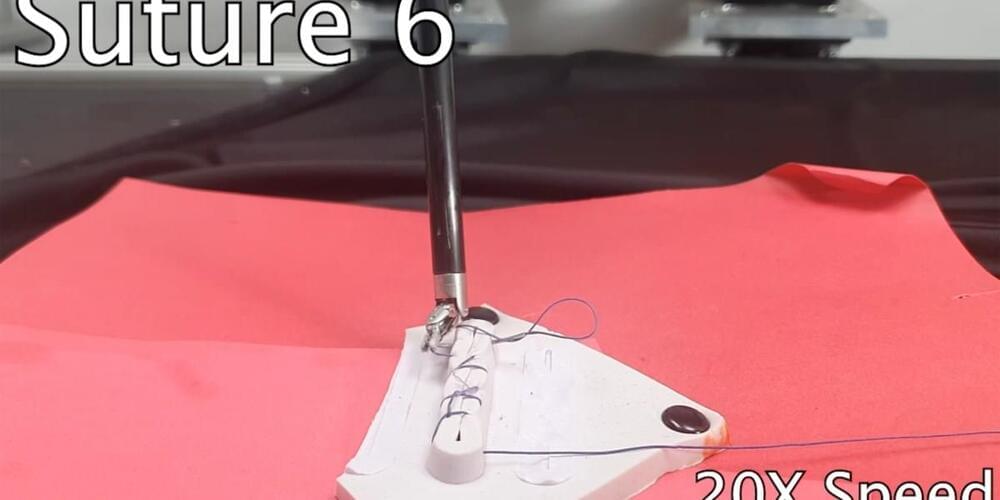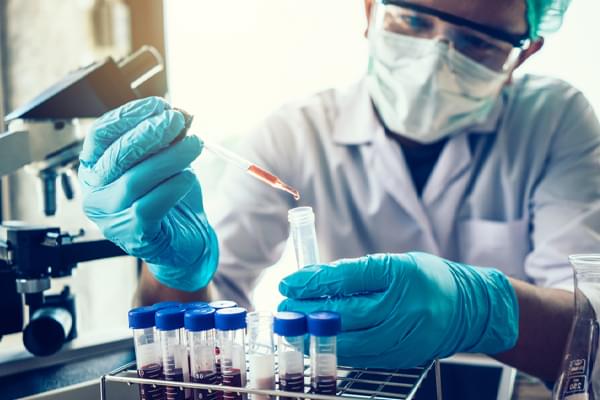Guizhou is China’s most indebted province. Its government has relied on borrowing to make ends meet. During the lunar new year, the province has seen unprecedented large-scale fires. State-controlled propaganda blamed local New Year customs and arsons by the Japanese and the Americans. However, Guizhou’s financial data shows that people have had just enough.
Sign up for my emails: https://leisrealtalk.com/
Donation: https://donorbox.org/support-lei-s-re…
Ideas/Suggestions: [email protected].
#leisrealtalk #ccp #china #guizhou #extremewearther #fire







